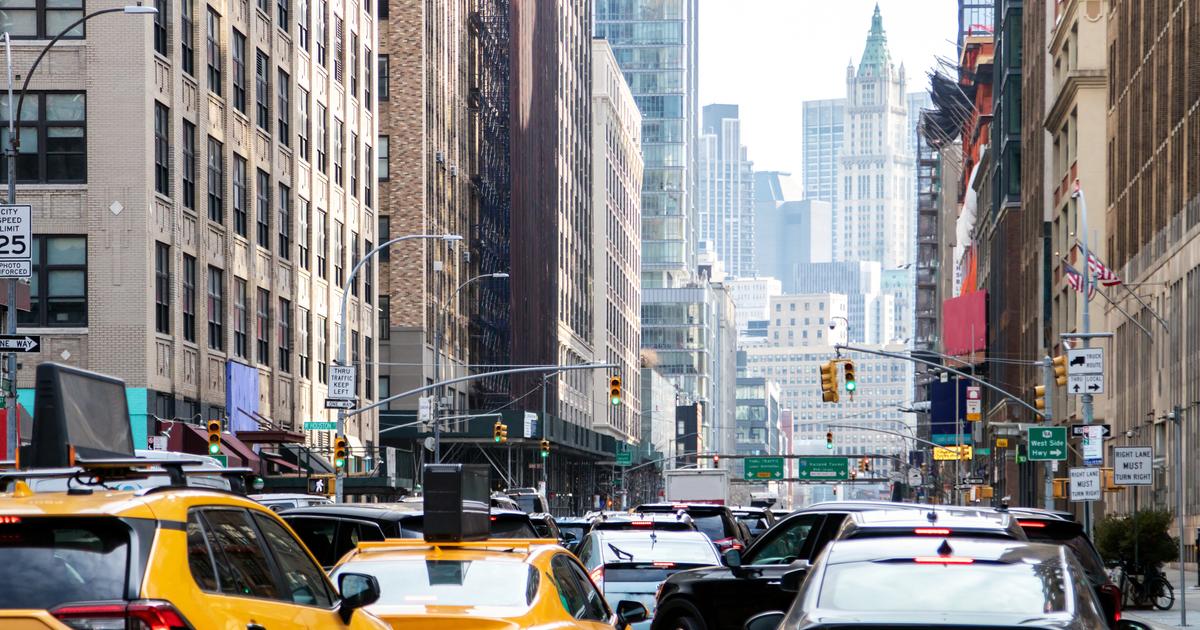Anne-Laure Béatrix, associate professor of history, deputy administrator of the Louvre until 2022, is an expert in the field of culture and museums. She teaches the management of cultural institutions and cultural communication at Sciences Po Paris and the Ecole du Louvre, and publishes a
Dictionary of Museum Lovers
(Plon, 2022).
FIGAROVOX. - How to explain the spectacular increase in the number of museums in the world in recent decades?
Anne-Laure BEATRIX. -
According to a UNESCO report, their number has increased by 60% since 2012 to reach the figure of 95,000 worldwide!
So why ?
First, certainly because of the growth of mass tourism: the museum allows the development of a culture, a heritage, exceptional sites... But museums are much more than that: today they are places of education, sharing, transmission of values and stories.
Museums are essential places: people come here to find meaning, to understand our world, to discover themselves.
They make life more intense, and more beautiful.
Read alsoIn Gergovie, a Gallic museum project promoted by Laurent Wauquiez
Can we make a schematic presentation of the different types of museums that exist today?
We can classify museums according to the collections they house: museums of fine arts, history museums, museums of archaeology, science, technology... Beyond that, museums are above all the fruit of history and the intention that presided over their creation: the universal museum is the fruit of the 18th century, the national museum is that of the 19th century.
As for the 20th century, it gave birth to museums and memorials linked to world wars and mass violence.
What is particularly striking today is the diversity of museums.
What do the Ménerbes corkscrew museum and the Metropolitan Museum in New York have in common?
I find that this is precisely what makes their charm.
Nothing is more exciting than pushing the door of a museum for the first time.
Regarding the Louvre, which of its works have particularly marked you?
Those that are linked to exceptional moments that I am lucky to have experienced up close.
Saint Anne by Leonardo, whose restoration I followed.
The Mona Lisa, for having seen her on the occasion of her annual examination taken out of her showcase and her frame, where she appears quite simple, quite naked;
a simple wooden panel but which carries the genius of a man and his time.
The Christian charity of Thorvaldsen, because it was my landmark to find my way through the labyrinth of the Louvre.
The Three Graces of Cranach, entered into the collections thanks to the first edition of Tous mécènes, this collective subscription which allows the public to support an acquisition or a restoration each year.
And then all those looks: the half-closed eyes of the Beautiful Florentine, those made up of the crouching scribe,
What advice would you give, to overcome his apprehensions, to a curious person wishing to come to the Louvre but who is discouraged by the prospect of the crowd and intimidated by the size of the place?
To do what we did with my daughter almost every Sunday for years: come see a room, or two.
Hardly more.
Really visit them.
And then afterwards, getting lost, walking around according to your mood.
And leave before you get tired, bored.
The Louvre is like a dictionary: you can't completely understand it, but you can tame it.
Become familiar with places, create rituals.
And there, it's wonderful!
For Leonardo da Vinci's paintings, for example, I witnessed extremely strong tensions: polemics, resignations... And even then, we didn't touch the Mona Lisa!
Anne-Laure Beatrix
The restoration of a masterpiece is a Benedictine job, explain yourself in your book. What is the “varnish quarrel” and why has it taken on such proportions among curators and art historians?
I say that the restorations of paintings sometimes give rise to very intense opposition, sometimes even violent!
The quarrel over varnishes sees specialists – restorers, curators, art historians – oppose each other on the degree of relief or thinning of these varnishes which, over time, give this unsightly yellowing to the paintings.
We are talking about a few microns, but which sometimes radically change the perception we have of a work.
For Leonardo da Vinci's paintings, for example, I witnessed extremely strong tensions: polemics, resignations... And even then, we didn't touch the Mona Lisa!
Read also“Septime, museum of bobos-arts”
Every great museum has the fear of exhibiting a fake. At the Louvre, for example, remember, a case dating from the Belle Époque hit the headlines...
Indeed, in 1896, the Louvre acquired for 150,000 gold francs an apparently fabulous gold tiara, evoking King Saïtapharnès, the great Scythian king of the 3rd century BC.
Only here, a few years later, a goldsmith from Odessa boasts of being the author: the object had been ordered from him by a merchant, supposedly for a gift.
Against the backdrop of the Dreyfus affair and diplomatic disputes, the tiara has become a real affair of state!
A story worthy of Arsène Lupin, who moreover claims ownership of it in
the Aiguille hollow
!
Damaging works of art has almost become the only sacrilegious thing these days!
This also shows to what extent museums are today at the center of the most contemporary debates.
Anne-Laure Beatrix
Another very topical concern of museums is to protect their works. Should we fear more vandalism such as that committed by certain environmental activists or more discreet damage due to imprudence or indifference?
I wrote this Love Dictionary of Museums before the development of this new form of activism, but it does not surprise me.
Damaging works of art has almost become the only sacrilegious thing these days!
This also shows to what extent museums are today at the center of the most contemporary debates.
Condemning these acts should not make us forget all the degradations of everyday life.
This is the whole paradox of the museum, which must both conserve and exhibit.
It is this permanent tension that makes the nobility of the professions of those who work in museums and who protect, conserve and restore.
This shadow work, I also wanted to highlight it.
Because it is the one that makes it possible to transmit the beauty of the world to future generations.
You know,
Devoting a museum to a page of immediate history is tricky. The European Solidarity Center in Gdansk (Poland) seems to you, in this respect, a great success. Why ?
For my generation, the one who turned 15 when the Berlin Wall fell, history was played out in this part of the world, on the construction sites of Gdansk.
Not the end of the story!
No, precisely, History: this long path of humanity where personal destinies, individual choices, particular emotions merge in a great river and suddenly take on meaning.
Yes, it's tricky to tell recent history, but museums, because they show us the scope of our daily actions, make us aware of our individual roles.
And they also force us to question those who write history, those who tell it.
On the very selection of these objects: what have we highlighted?
Why ?
The status of the object is a fascinating subject.
Read alsoVan Gogh, Botticelli, Vermeer, Goya, Raphaël, Picasso… Back in pictures on the paintings targeted by environmental activists
What are your two favorite museums abroad?
Without hesitation, the Louisiana Museum in Copenhagen and the Hermitage in Saint Petersburg.
The Hermitage for its incredible collections, its grandiose museography.
Louisiana because for me it is the most beautiful museum of modern and contemporary art in the world.
Visiting this museum will always remain one of my fondest memories: it literally reconciled me with life.
And since you're asking me for two, I'll give you a third: the Louvre Abu Dhabi, because under its dome there is all the beauty and intelligence in the world.
Ultimately, why have so many filmmakers, novelists and comic book authors chosen to make a museum the theater of the adventures of their characters?
Because the museum brings the imagination to life!
These are Ali Baba's caves that will never stop telling us stories.









